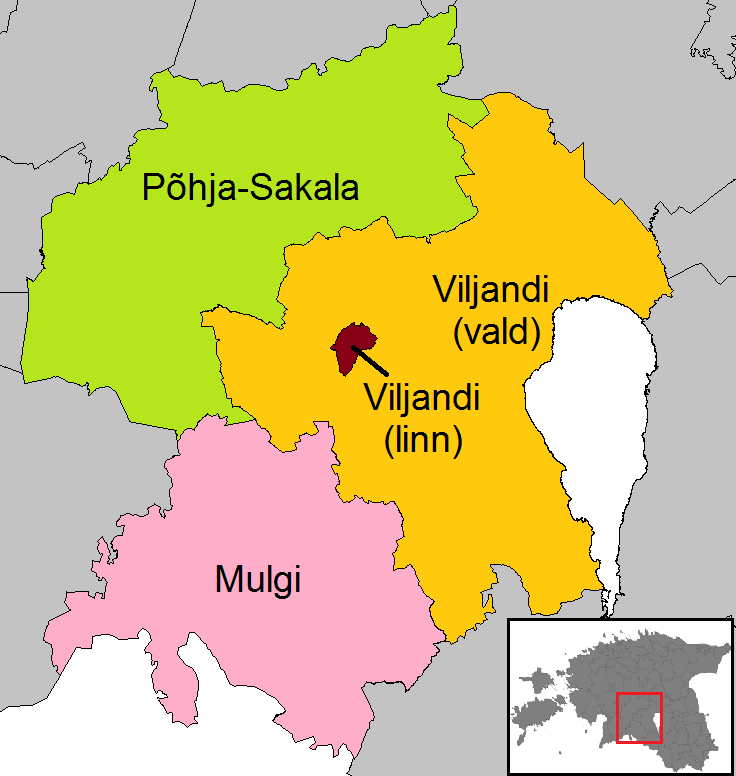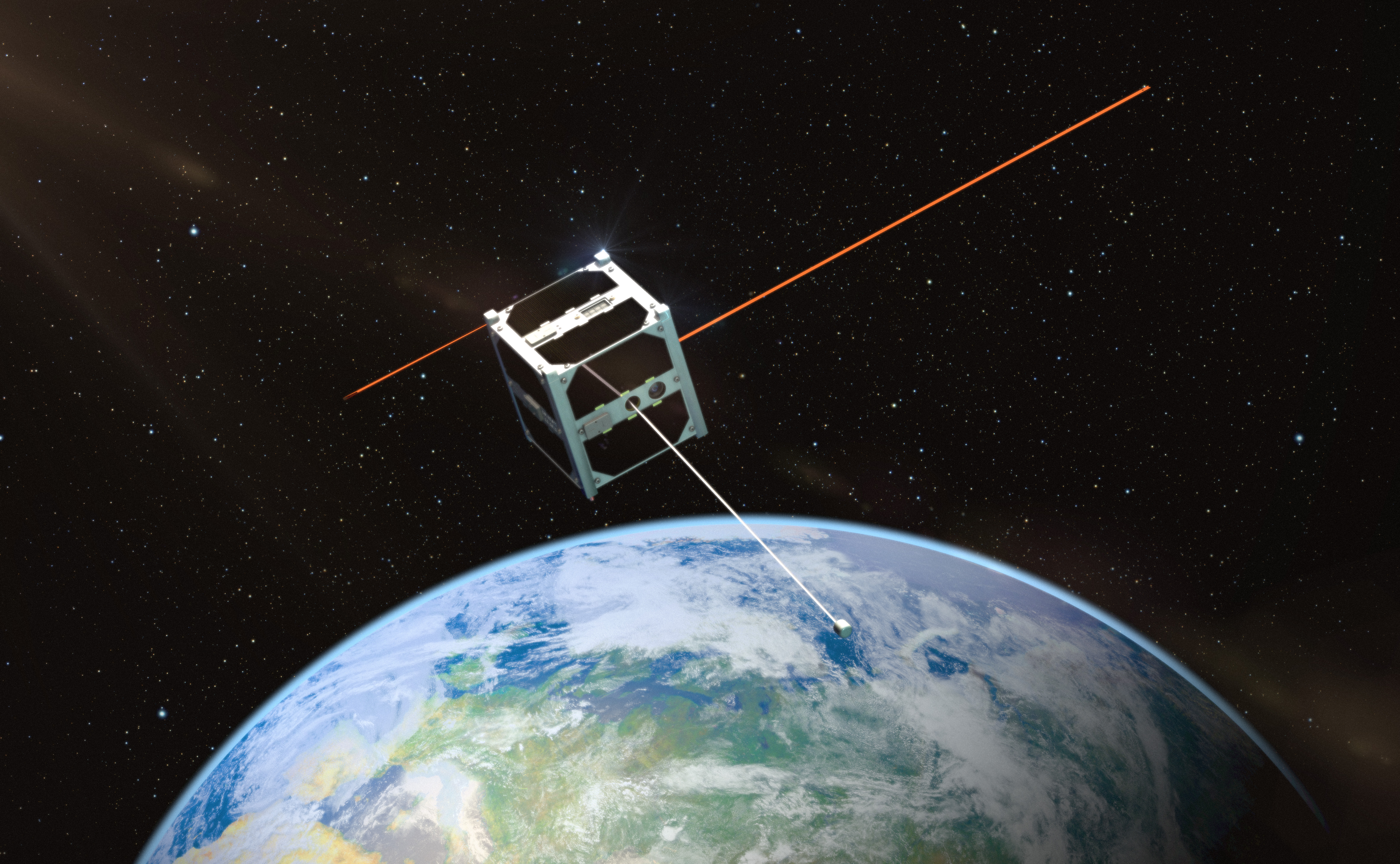|
Salme Nõmmik
Salme Nõmmik, née Salme Mangelson (3 March 1910 – 21 September 1988), was an Estonian economic geographer and professor. Biography Salme Mangelson was born in Vana-Põltsamaa parish, Viljandimaa, Estonia to a school teacher mother. In 1929, she graduated from Põltsamaa University High School and in 1933 from the Department of Economics at the Faculty of Law of University of Tartu (UT), where economic geography was taught by Edgar Kant. She married in 1934 and took the name Salme Nõmmik. She joined the geography department as an assistant in 1946 and became a senior teacher in 1948. In 1956, she defended her candidacy letter at the Leningrad State University. There, she was elected an acting assistant professor, and in 1963 she was named an associate professor. In 1968, the Department of Economic Geography was created, which Nõmmik headed. In 1970, she defended her doctorate in Moscow and was elected a professor a year later. She was a staunch supporter of Kant, who has ... [...More Info...] [...Related Items...] OR: [Wikipedia] [Google] [Baidu] |
Viljandi County
Viljandi County ( or ''Viljandimaa''; ) is one of 15 counties of Estonia. It is located in southern Estonia bordering Pärnu, Järva, Jõgeva, Tartu and Valga counties as well as Latvia. History Viljandimaa, under the German name of ''Kreis Fellin'', was an important centre of commerce and power in the Middle Ages. Today, there are numerous castle ruins there dating from that time. Soomaa National Park is a national park located partially within Viljandi County, Estonia. Soomaa ("land of bogs") protects 390 km2, and is a Ramsar site of protected wetlands. The park was created in 1993. Retrieved 25 January 2016. County government The Viljandi[...More Info...] [...Related Items...] OR: [Wikipedia] [Google] [Baidu] |
University Of Tartu
The University of Tartu (UT; ; ) is a public research university located in the city of Tartu, Estonia. It is the national university of Estonia. It is also the largest and oldest university in the country.About the University University of Tartu The university was founded under the name of ''Academia Gustaviana'' in 1632 by Baron Johan Skytte, the of Swedish Livonia, |
Economic Geography
Economic geography is the subfield of human geography that studies economic activity and factors affecting it. It can also be considered a subfield or method in economics. Economic geography takes a variety of approaches to many different topics, including the location of industries, economies of agglomeration (also known as "linkages"), transportation, international trade, development, real estate, gentrification, ethnic economies, gendered economies, core-periphery theory, the economics of urban form, the relationship between the environment and the economy (tying into a long history of geographers studying culture-environment interaction), and globalization. Theoretical background and influences There are diverse methodological approaches in the field of location theory. Neoclassical location theorists, following in the tradition of Alfred Weber, often concentrate on industrial location and employ quantitative methods. However, since the 1970s, two major reactions ag ... [...More Info...] [...Related Items...] OR: [Wikipedia] [Google] [Baidu] |
Edgar Kant
Edgar Kant (21 February 1902, Tallinn – 16 October 1978, Lund) was an Estonian geographer and economist. He laid the foundation for Estonian urban geography. In 1928 he graduated from the University of Tartu. From 1934 he was lecturer (from 1936 professor) at Tartu University. Since 1938 he was member of Estonia Academy of Sciences; he was also the head of department of humanitarian sciences. In September 1944 he went to Sweden where he worked at Lund University Lund University () is a Public university, public research university in Sweden and one of Northern Europe's oldest universities. The university is located in the city of Lund in the Swedish province of Scania. The university was officially foun .... Main activities: studying Estonia's geopolitical situation; Estonian urban geography; editing "Atlas of Estonia". References 1902 births 1978 deaths Estonian geographers 20th-century Estonian economists University of Tartu alumni Academic staff of the Un ... [...More Info...] [...Related Items...] OR: [Wikipedia] [Google] [Baidu] |
Saint Petersburg State University
Saint Petersburg State University (SPBGU; ) is a public research university in Saint Petersburg, Russia, and one of the oldest and most prestigious universities in Russia. Founded in 1724 by a decree of Peter the Great, the university from the beginning has had a focus on fundamental research in science, engineering and humanities. During the Soviet period, it was known as Leningrad State University (). It was renamed after Andrei Zhdanov in 1948 and was officially called "Leningrad State University, named after A. A. Zhdanov and decorated with the Order of Lenin and the Order of the Red Banner of Labour." Zhdanov's was removed in 1989 and Leningrad in the name was officially replaced with Saint Petersburg in 1992. It is made up of 24 specialized faculties (departments) and institutes, the Academic Gymnasium, the Medical College, the College of Physical Culture and Sports, Economics and Technology. The university has two primary campuses: one on Vasilievsky Island and the ot ... [...More Info...] [...Related Items...] OR: [Wikipedia] [Google] [Baidu] |
Tartu
Tartu is the second largest city in Estonia after Tallinn. Tartu has a population of 97,759 (as of 2024). It is southeast of Tallinn and 245 kilometres (152 miles) northeast of Riga, Latvia. Tartu lies on the Emajõgi river, which connects the two largest lakes in Estonia, Lake Võrtsjärv and Lake Peipus. From the 13th century until the end of the 19th century, Tartu was known in most of the world by variants of its historical name Dorpat. Tartu, the largest urban centre of southern Estonia, is often considered the "intellectual capital city" of the country, especially as it is home to the nation's oldest and most renowned university, the University of Tartu (founded in 1632). Tartu also houses the Supreme Court of Estonia, the Ministry of Education and Research (Estonia), Ministry of Education and Research, the Estonian National Museum, and the oldest Estonian-language theatre, Vanemuine. It is also the birthplace of the Estonian Song Festivals. Tartu was designated as the E ... [...More Info...] [...Related Items...] OR: [Wikipedia] [Google] [Baidu] |
1910 Births
Events January * January 6 – Abé language, Abé people in the French West Africa colony of Côte d'Ivoire rise against the colonial administration; the rebellion is brutally suppressed by the military. * January 8 – By the Treaty of Punakha, the Himalayan kingdom of Bhutan becomes a protectorate of the British Empire. * January 11 – Charcot Island is discovered by the Antarctic expedition led by French explorer Jean-Baptiste Charcot on the ship ''Pourquoi-Pas (1908), Pourquoi Pas?'' Charcot returns from his expedition on February 11. * January 12 – Great January Comet of 1910 first observed (perihelion: January 17). * January 15 – Amidst the constitutional crisis caused by the House of Lords rejecting the People's Budget the January 1910 United Kingdom general election is held resulting in a hung parliament with neither Liberals nor Conservatives gaining a majority. * January 21 – 1910 Great Flood of Paris, The Great Flood of Paris begins when the Seine over ... [...More Info...] [...Related Items...] OR: [Wikipedia] [Google] [Baidu] |
1988 Deaths
1988 was a crucial year in the early history of the Internet—it was the year of the first well-known computer virus, the Morris worm, 1988 Internet worm. The first permanent intercontinental Internet link was made between the United States (National Science Foundation Network) and Europe (Nordunet) as well as the first Internet-based chat protocol, Internet Relay Chat. The concept of the World Wide Web was first discussed at CERN in 1988. The Soviet Union began its major deconstructing towards a mixed economy at the beginning of 1988 and began its Dissolution of the Soviet Union, gradual dissolution. The Iron Curtain began to disintegrate in 1988 as People's Republic of Hungary, Hungary began allowing freer travel to the Western world. The first extrasolar planet, Gamma Cephei Ab (confirmed in 2003), was detected this year and the World Health Organization began its mission to Eradication of polio, eradicate polio. Global warming also began to emerge as a more significant ... [...More Info...] [...Related Items...] OR: [Wikipedia] [Google] [Baidu] |
Estonian Geographers
Estonian may refer to: * Something of, from, or related to Estonia, a country in the Baltic region in northern Europe * Estonians, people from Estonia, or of Estonian descent * Estonian language * Estonian cuisine * Estonian culture See also * * Estonia (other) * Languages of Estonia * List of Estonians This is a list of notable people from Estonia, or of Estonian ancestry. Architects * Andres Alver (born 1953) * Dmitri Bruns (1929–2020) * Karl Burman (1882–1965) * Eugen Habermann (1884–1944) * Georg Hellat (1870–1943) * Otto Pius Hip ... {{Disambiguation Language and nationality disambiguation pages ... [...More Info...] [...Related Items...] OR: [Wikipedia] [Google] [Baidu] |
Economic Geographers
An economy is an area of the production, distribution and trade, as well as consumption of goods and services. In general, it is defined as a social domain that emphasize the practices, discourses, and material expressions associated with the production, use, and management of resources. A given economy is a set of processes that involves its culture, values, education, technological evolution, history, social organization, political structure, legal systems, and natural resources as main factors. These factors give context, content, and set the conditions and parameters in which an economy functions. In other words, the economic domain is a social domain of interrelated human practices and transactions that does not stand alone. Economic agents can be individuals, businesses, organizations, or governments. Economic transactions occur when two groups or parties agree to the value or price of the transacted good or service, commonly expressed in a certain currency. However, m ... [...More Info...] [...Related Items...] OR: [Wikipedia] [Google] [Baidu] |
Economic Geography
Economic geography is the subfield of human geography that studies economic activity and factors affecting it. It can also be considered a subfield or method in economics. Economic geography takes a variety of approaches to many different topics, including the location of industries, economies of agglomeration (also known as "linkages"), transportation, international trade, development, real estate, gentrification, ethnic economies, gendered economies, core-periphery theory, the economics of urban form, the relationship between the environment and the economy (tying into a long history of geographers studying culture-environment interaction), and globalization. Theoretical background and influences There are diverse methodological approaches in the field of location theory. Neoclassical location theorists, following in the tradition of Alfred Weber, often concentrate on industrial location and employ quantitative methods. However, since the 1970s, two major reactions ag ... [...More Info...] [...Related Items...] OR: [Wikipedia] [Google] [Baidu] |








